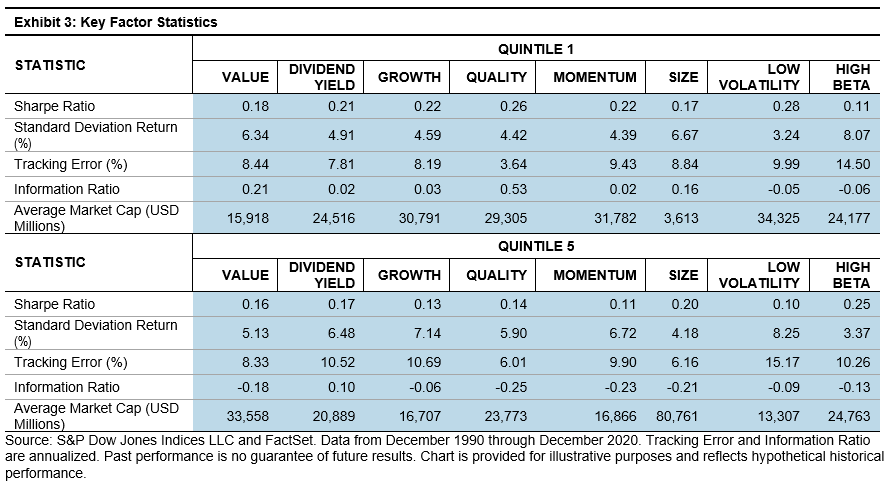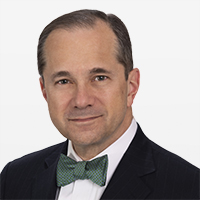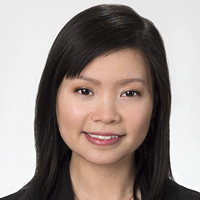With the global economy ramping up from the depths of the COVID-19 pandemic, labor shortages and supply chain bottlenecks are hampering manufacturers.
Fortunately, there is relief on the way. Digitalization is sweeping through manufacturing plants and transforming today’s sleepy mills into the smart factories of tomorrow. The catalysts include several of the technological forces driving the Fourth Industrial Revolution: exponential computing power, Big Data, artificial intelligence (AI), and machine learning (ML). The factory of tomorrow will be increasingly autonomous, self-optimizing, and sustainable.
The S&P Kensho Smart Factories Index seeks to track the companies that are enabling this manufacturing revolution. The index includes companies from across the full innovation ecosystem with an emphasis on the following four key technologies.
- Digital Manufacturing Solutions (52.6% of index weight1): Covers the software enabling connected, integrated digitalization of manufacturing activities, including the equipment used for environment sensing and monitoring, advanced process control, and predictive maintenance. Led by cloud adoption, digital transformation with remote capabilities has gone from nice-to-have to need-to-have.
- Per an Intel research report,2 manufacturers experience up to 800 hours of unscheduled downtime annually (30% of it unplanned), while their skilled workers are aging, leaving 2 million jobs at risk of not being filled.
- Cost savings and waste reduction are additional catalysts to adoption. A McKinsey study3 found that AI-enhanced predictive maintenance of industrial equipment can generate a 10% reduction in annual maintenance costs, up to a 20% downtime reduction, and a 25% reduction in inspection costs.
- The Industrial Internet of Things (IIoT) (22.9% of index weight): Represents the interconnection of big, ubiquitous data, sensors, instruments, and other devices networked together with computers’ industrial applications. It is key to facilitating manufacturers’ ability to connect, automate, track, and analyze industrial activities.
The IIoT provides real-time asset performance monitoring solutions, enabling operators and supervisors to visualize trends graphically from anywhere in the world on any connected device.
- Industrial Machine Vision (17.2% of index weight): Includes technology that combines sensors, cameras, computers, and ML/AI with visual data to identify product defects and model and predict equipment processes and product results.
- Digital Twins Technology (7.3% of index weight): Provides a virtual replica of any physical product, piece of equipment, or asset. For example, a digital twin could be a virtual version of a manufactured product, the entire production line, an entire factory, or network of plants.
Big results are expected from digital twins. Gartner4 predicts that organizations will save USD 1 trillion per year in maintenance costs by using digital twins.
In Exhibit 1, we can see the five-year forward growth outlook5 for each key technology and 2021 performance of companies in each segment.

The digitalization of factories promises to upend established manufacturing practices. The S&P Kensho Smart Factories Index offers niche market exposure that is well differentiated from the more traditional emphasis of legacy industrial-focused indices.

1 As of Dec. 31, 2021. Index weight totals are based on companies’ product segment mappings.
2 Intel Research. https://s21.q4cdn.com/600692695/files/doc_downloads/intelligent-factory-infographic.pdf
3 McKinsey Research. https://www.mckinsey.com/~/media/mckinsey/industries/semiconductors/our%20insights/smartening%20up%20with%20artificial%20intelligence/smartening-up-with-artificial-intelligence.ashx
4 Gartner Digital Twin Forecasts. https://www.ey.com/en_au/advanced-manufacturing/how-digital-twins-give-automotive-companies-a-real-world-advantage
5 Digital Manufacturing Solutions Growth. https://www.mordorintelligence.com/industry-reports/digital-transformation-market-in-manufacturing
IIoT Market Forecast. https://www.prnewswire.com/news-releases/industrial-iot-market-worth-106-1-billion-by-2026–exclusive-report-by-marketsandmarkets-301325443.html
Industrial Machine Vision CAGR. https://www.marketsandmarkets.com/PressReleases/industrial-machine-vision.asp
Digital Twins CAGR. https://www.mobinius.com/blogs/digital-twin-trends/
The posts on this blog are opinions, not advice. Please read our Disclaimers.















